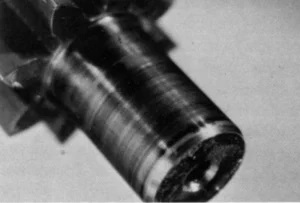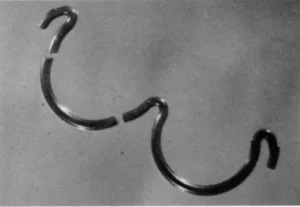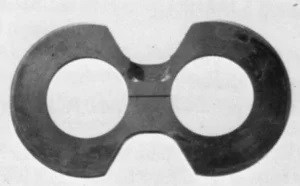Hydraulic Oil Contamination
- finance9693
- May 13, 2021
- 2 min read

Dirty oil is one of the biggest enemies in hydraulic systems. Contamination can destroy hydraulic fluid as well as damage to components in the system. In order to prolong the life of a hydraulic fluid we can remember “Keep it clean, keep it cool, keep it dry” and should check the fluid condition regularly. Lack of fluid cleanliness and poor fluid condition are a significant factor in system failures.
What causes a fluid to wear out ?
HEAT
Hydraulic fluid’s viscosity decreases as temperature rises. Excessive heat will result wear in hydraulic components such as motors and pumps due to lack of lubrication function. Heat will also accelerate the rate at which the fluid oxidizes, which is often characterized by darkening of the color.

Darkening due to oxidation
Due to overheating, pump bushings and gear bearing area will turn black. Seals will be hard and brittle. (Images from Failure Analysis of Hydraulic Gear Pumps Manual)
There are different types of fluids and it is always useful to follow supplier’s recommendation. Generally around 65 oC, is normally regarded as the maximum operating temperature of a mineral oil based fluid. When the temperature reaches around 80 oC, standard sealing elements and hoses may get damaged unless the system has been specially designed to operate at higher temperatures. Heat exchangers, coolers can be used in order to remove excess heat in the system. In mobile applications, generally air-oil coolers which have electric or hydraulic motor driven fan are used.
WATER
Water causes corrosion of components and reduces the lubrication properties of the fluid but can also destroy the effectiveness of the additives in a hydraulic fluid. The maximum amount of water that can be dissolved in an oil is referred to as the “saturation level”. Levels of water above this level start to become visible as cloudiness or a milky appearance of the fluid, and at this level of water damage to components and the fluid is almost certain to occur if a mineral oil fluid is cloudy or milky in appearance, there is definitely too much water. Water can enter to hydraulic system through seals, air breathers or from a defective water-oil cooler. In order to deal with water, V-shaped profile at the bottom of the tank may help. Water can be drained from bottom of the tank periodically. Water-removal filters or desiccant materials can also be used. For critical applications, online sensors can be used to monitor water content of the fluid.

Water contamination in hydraulic fluid
DIRT Dirt has critical effects on all components in a Hydraulic system. It causes wearing, jamming of components and reducing the system lifecycle. Fine particles of solid contamination can interfere with water-separation additives and can act as a catalyst for the oxidation process. Prolonging the life of a hydraulic fluid can be summarized as : Keep it cool, keep it clean, keep it dry.
Part of this article is from the book “An Introduction to Practical Hydraulic System Maintenance” Images are used for training purpose only








Comments